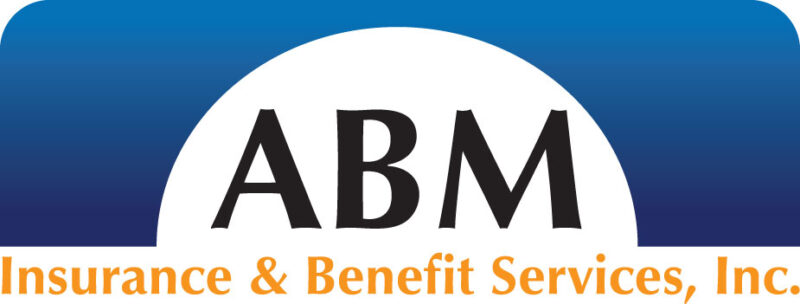Flood Insurance
Many people feel that flood Insurance is for homes that are located near the coast or by large lakes or rivers. Nothing can be further from the truth!
“BUT I DON’T LIVE IN A FLOOD ZONE”
Extreme weather can and will happen. Floods and flash floods can occur all over the state. Hurricanes are the most severe natural events that will drive destructive flood waters into your home, but they are far from the only danger. Torrential rains, clogged sewer drains, soaked grounds and snow melt will contribute to catastrophic flood emergencies.
There have been several “Federal Emergency Declarations” in the past several years, from tropical depressions, to severe hurricanes. We will probably never see an intense storm like Katrina or Ike (fingers crossed) again, but that does not mean there aren’t other potential flood dangers facing us here in Texas.
What is the real danger? The danger I’m talking about is not carrying a flood insurance policy. Even one inch of water in your home could cost you thousands of dollars in damages.
Let me be clear on this!
Your homeowner policy will not pay for flood damage.
You will need to purchase a separate policy.
So how does it work?
The flood insurance program is actually run by the US Government as part of the Federal Emergency Management Agency (FEMA). They set the rules and the rates and allow several private insurance companies to write the policy on their behalf. The premiums are set by FEMA based on the property location and amount of coverage requested. Properties are located in various “zones” and can be classified as being in a “special flood hazard zone” or in a regular non-hazard zone. Obviously the closer the dwelling is located to a body of water the greater the likelihood that it is in a “special flood hazard area”. Flood insurance premiums are higher if a property is located in a special flood hazard area.
If you are purchasing a home in a flood hazard zone, chances are good that the lending institution supplying your mortgage will require flood insurance, minimum to the amount of the loan. People paying cash for their home are not required to obtain flood insurance but we would strongly recommend it.
Homes not near the water will likely be considered to be not in a flood hazard area. These properties can still purchase flood insurance at surprisingly inexpensive rates. In many instances a preferred policy is available for under $400.
Moderate-to-Low Risk Areas
RESIDENTIAL: Preferred Risk Policy (ZONES B, C, X)
(PRE-/POST-FIRM)
A residential policy, based on preferred rates for qualified structures in moderate-to-low risk areas. A Preferred Risk Policy offers two types of coverage: Building & Contents and Contents Only.
|
Building & Contents |
Contents Only1,4 |
||||
|
Coverage |
Annual Premium2,3 |
Coverage |
Annual Premium2 |
||
|
|
Without Basement or Enclosure |
With Basement or Enclosure |
|
Contents Above Ground (more than one floor) |
All Other Locations (basement only not eligible) |
|
$20,000/$8,000 |
$113 |
$144 |
$8,000 |
$23 |
$45 |
|
$30,000/$12,000 |
$150 |
$181 |
$12,000 |
$42 |
$75 |
|
$50,000/$20,000 |
$211 |
$242 |
$20,000 |
$79 |
$118 |
|
$75,000/$30,000 |
$255 |
$291 |
$30,000 |
$96 |
$141 |
|
$100,000/$40,000 |
$288 |
$322 |
$40,000 |
$110 |
$162 |
|
$125,000/$50,000 |
$305 |
$341 |
$50,000 |
$125 |
$182 |
|
$150,000/$60,000 |
$328 |
$362 |
$60,000 |
$140 |
$202 |
|
$200,000/$80,000 |
$362 |
$404 |
$80,000 |
$168 |
$226 |
|
$250,000/$100,000 |
$389 |
$436 |
$100,000 |
$197 |
$251 |
Rates effective January 2020
These PRP rates are for 1-4 Family Residential. Other residential building and contents coverage combinations are available.
Add a $25 HFIAA surcharge for policies covering primary residences only if the named insured’s primary residence is a single-family dwelling, an individual condominium unit, or an apartment in a non-condominium building. Add a $250 HFIAA surcharge for all other policies. Other conditions and restrictions apply. Call us for details.
All municipalities in both Texas maintain flood maps and can tell you which flood “zone” your property is located in. Homes located in special flood hazard zones may be eligible for significant discounts based on the finished elevation of the dwelling and the type of foundation. In short, the higher the elevations of the structure off the ground, the less likely the chance of flood damage and the lower the insurance rate.
We can review the “flood zone” in which your home is located, determine the structure and foundation type and review some coverage options and deductibles with you. Each of the members of our protection team are well versed in giving you the best coverage possible at the least expensive price.
I hope that the information provided here has helped you to gain a greater understanding of flood insurance and how important it is. We routinely talk to our customers and friends about this subject and the changes that continue to occur on the federal level. We are passionate about this subject because of all the situations we have seen during our long experience working here in the Gulf Coast region. The various named hurricanes and tropical depressions that have hit us over the years have all done considerable damage to many homes, businesses and other properties in our communities. That’s why it is so important to us that you have the best protection possible.
The good news is that this product is easily available and the trained professionals at ABM Insurance & Benefit Services, Inc. can make it affordable for you! Check out the Insurance Quotes section on our website today to find out more and obtain a hassle-free quote from our Flood Insurance Experts.
Additional Information:
NFIP Flood Insurance Claims Handbook
Programa Nacional de Seguro Contra
Inundacion Resumen de Cobertura
